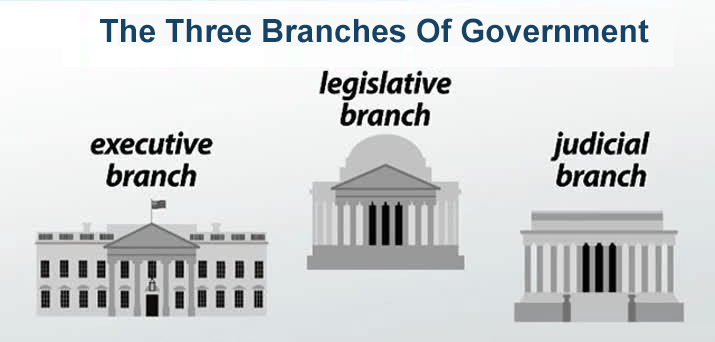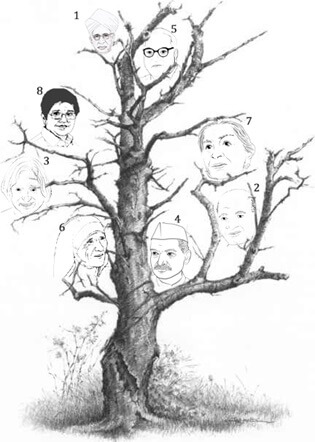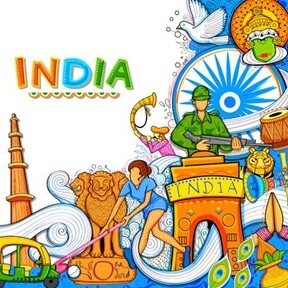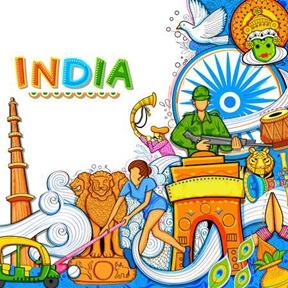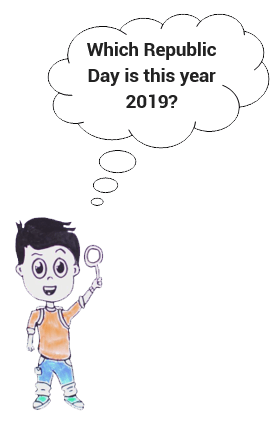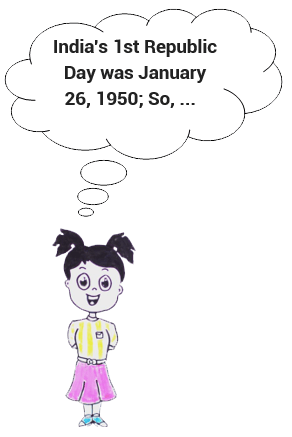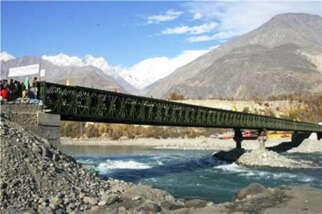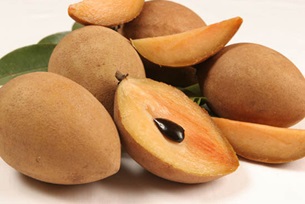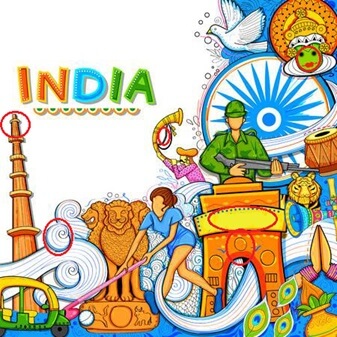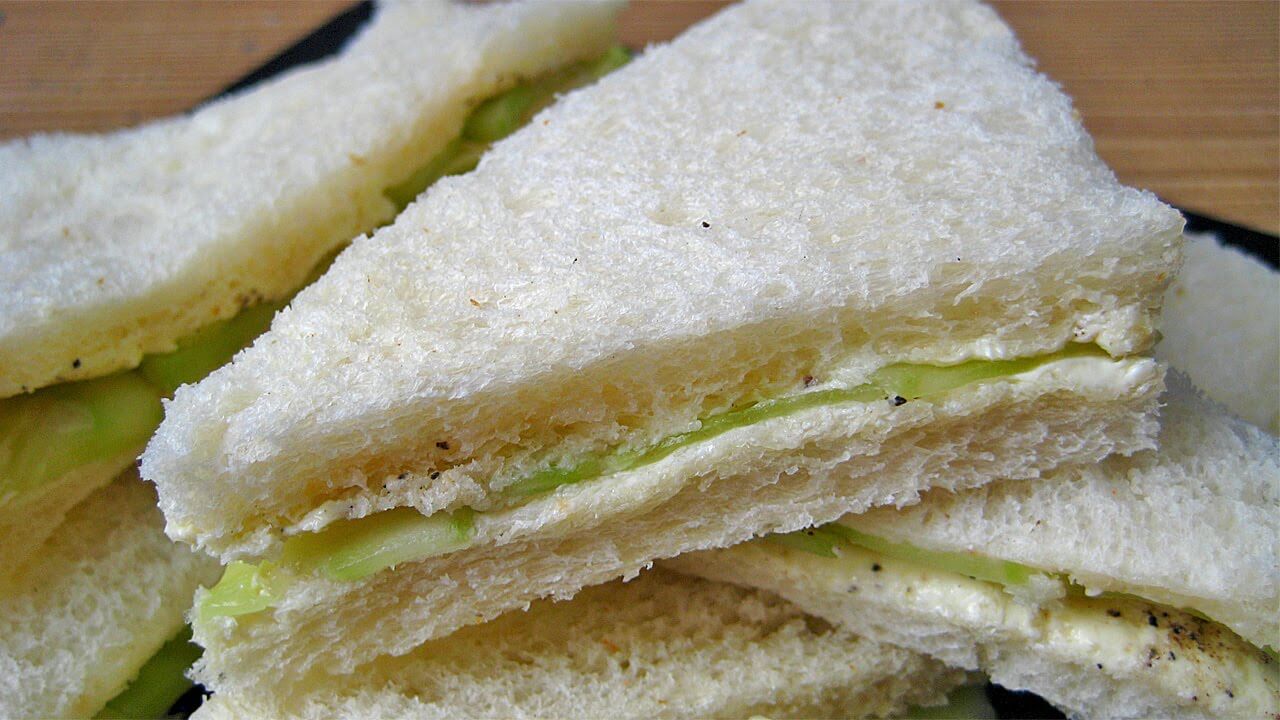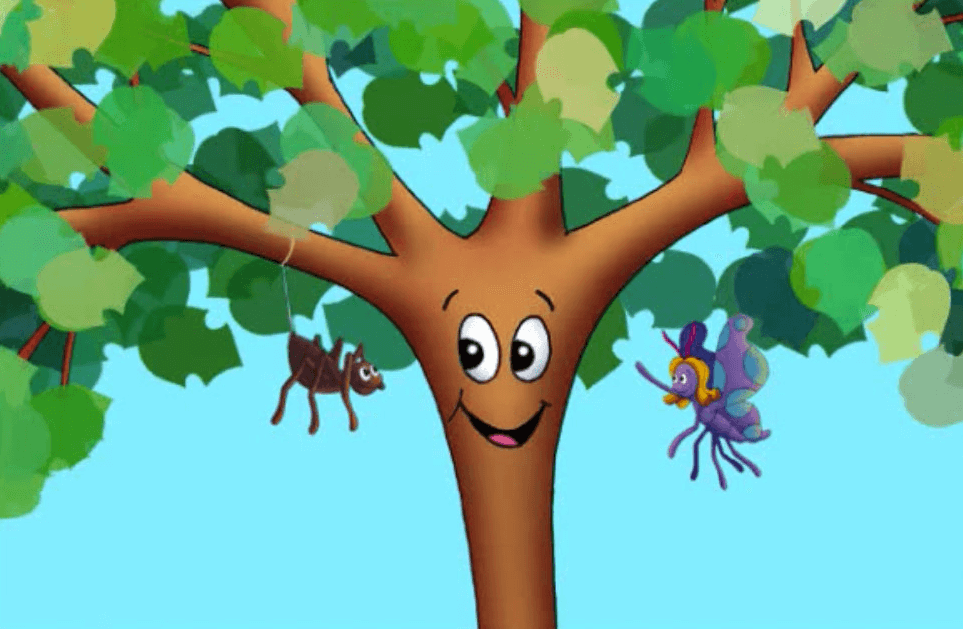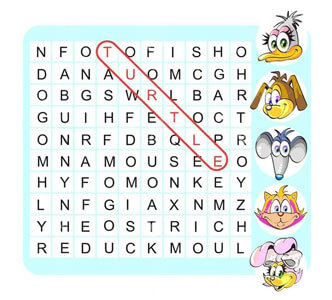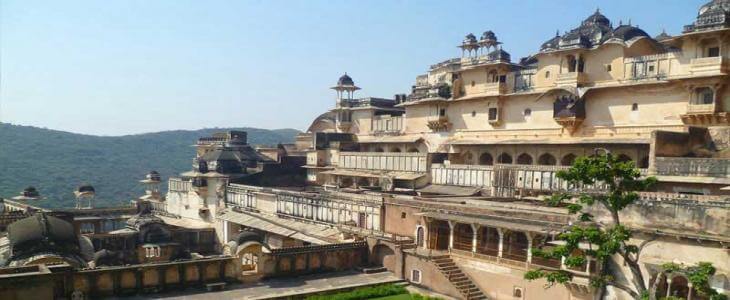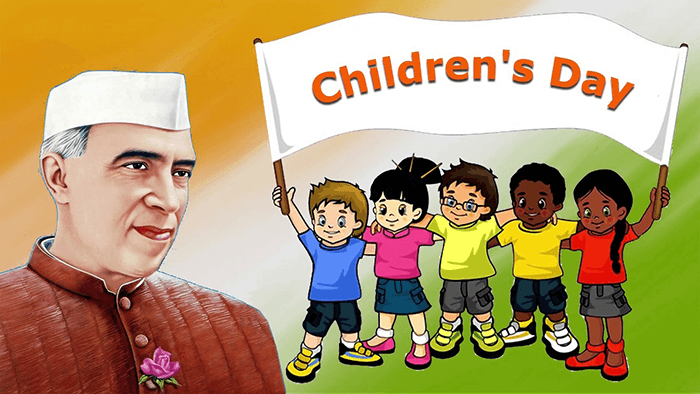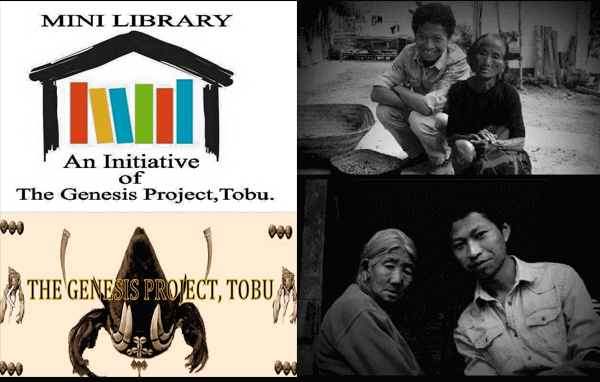In Story
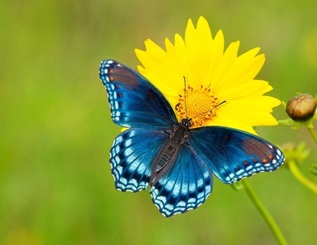
BUTTERFLY
A man found a cocoon of a butterfly. One day a small opening appeared. He sat and watched the butterfly for several hours as it struggled to force its body through that little hole. Then it seemed to stop making any progress. It appeared as if it had gotten as far as it could, and it could go no further.
So the man decided to help the butterfly. He took a pair of scissors and snipped off the remaining bit of the cocoon. The butterfly then emerged easily. But it had a swollen body and small, shriveled wings.
The man continued to watch the butterfly because he expected that, at any moment, the wings would enlarge and expand to support the body, which would contract in time. But neither happened!
In fact, the butterfly spent the rest of its life crawling around with a swollen body and shriveled wings. It never was able to fly.
What the man, in his kindness and haste, did not understand was that the restricting cocoon and the struggle required for the butterfly to get through the tiny opening were God’s way of forcing fluid from the body of the butterfly into its wings so that it would be ready for flight once it achieved its freedom from the cocoon.
Sometimes struggles are exactly what we need in our lives. If God allowed us to go through our lives without any obstacles, it would cripple us. We would not be as strong as what we could have been. We could never fly!
By Penny J. Gilmer
UNSUNG HEROES
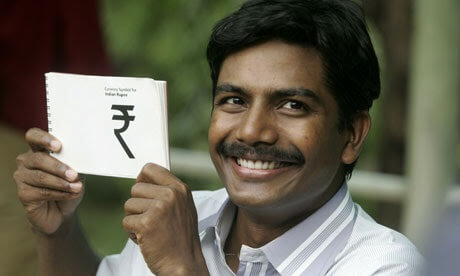
Meet the Man who Designed the Indian Rupee Symbol- Dr. Udaya Kumar Dharmalingam
Udaya Kumar was born in Chennai on 10 October, 1978, and his family hails from Thanjavur. He pursued architecture from Anna University in Chennai. Subsequently, he did his masters in architecture from IIT, Mumbai.
When the industrial design centre in the campus started offering a PhD, Udaya Kumar enrolled, and started work on the evolution of the Tamil script, which dates back to 2nd century AD. He pursued a little-known art called typography. He took up this specialised subject despite opposition from his parents, who wanted to him to become a doctor or an IAS officer.
Dharmalingam Udaya Kumar won a nationwide contest run by the government to design a symbol for the Indian rupee. The symbol he designed had been chosen to represent India’s growing economy and its currency. It would be incorporated in Unicode, computer keyboards will have a dedicated key for the symbol and it will come to be seen and recognized around the world.
The new sign is a combination of the Devanagari letter "र" ("ra") and the Latin capital letter "R" without its vertical bar (similar to the R rotunda). The parallel lines at the top (with white space between them) are said to make an allusion to the tricolor Indian flag and also depict an equality sign that symbolizes the nation's desire to reduce economic disparity. As of January 2012, the new Indian rupee sign has been incorporated in the currency notes in the denominations of ₹10, ₹100, ₹500 and ₹2000.


